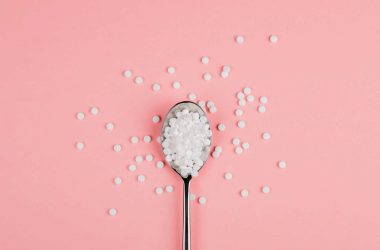Introduction
Recent research has shown that the blood of young mice has rejuvenating effects on aging mice when surgically connected, leading to an extended lifespan. This research adds to the growing body of evidence suggesting the restorative properties of young blood.
The Study
A team of researchers from Duke University and Harvard University conducted a study where they surgically connected old mice (aged 20 months) to either young mice (aged 3 months) or other old mice for a period of three months. After the detachment, the researchers measured the lifespan of the mice to determine the long-term effects of the procedure.
Results
The old mice that had been joined to the young mice lived an average of six weeks longer than those joined to other old mice, resulting in a lifespan extension of about 5 percent. While this effect is smaller compared to the lifespan extension achieved through calorie restriction, it still has significant implications for human lifespan.
In addition, the old mice joined to the young mice appeared up to 30 percent biologically younger based on epigenetic clocks, which analyze DNA markers associated with age. These mice also displayed altered gene expressions, including increased expression of certain metabolism genes and reduced expression of inflammation genes. Similar gene expression changes have been observed in mice undergoing calorie restriction.
Possible Mechanisms
The rejuvenating effects of young blood on old mice could be due to the presence of cells, proteins, or other rejuvenating components in the young blood. Another possible explanation is that the young mice’s healthier kidneys and livers filter and dilute harmful components associated with aging in the old mice’s blood.
Limitations and Future Research
The study did not compare the lifespan of the surgically joined mice to mice that were not attached to any other animal. This comparison would help determine if the procedure itself influenced longevity. Furthermore, while some preliminary studies have explored the effects of young blood transfusions on older humans, the results have been inconclusive.
Efforts are underway to identify the specific rejuvenating components in young blood, potentially allowing for their production in a lab without the need for blood donors. Regardless of the outcome of these efforts, this study challenges the notion that the negative effects of aging are inevitable and demonstrates the potential for manipulating the aging process.
Conclusion
Research on young mouse blood’s rejuvenating effects on aging mice has shown promising results in terms of extended lifespan and biological youthfulness. These findings contribute to a growing understanding of the possibilities for mitigating the negative impacts of aging.








